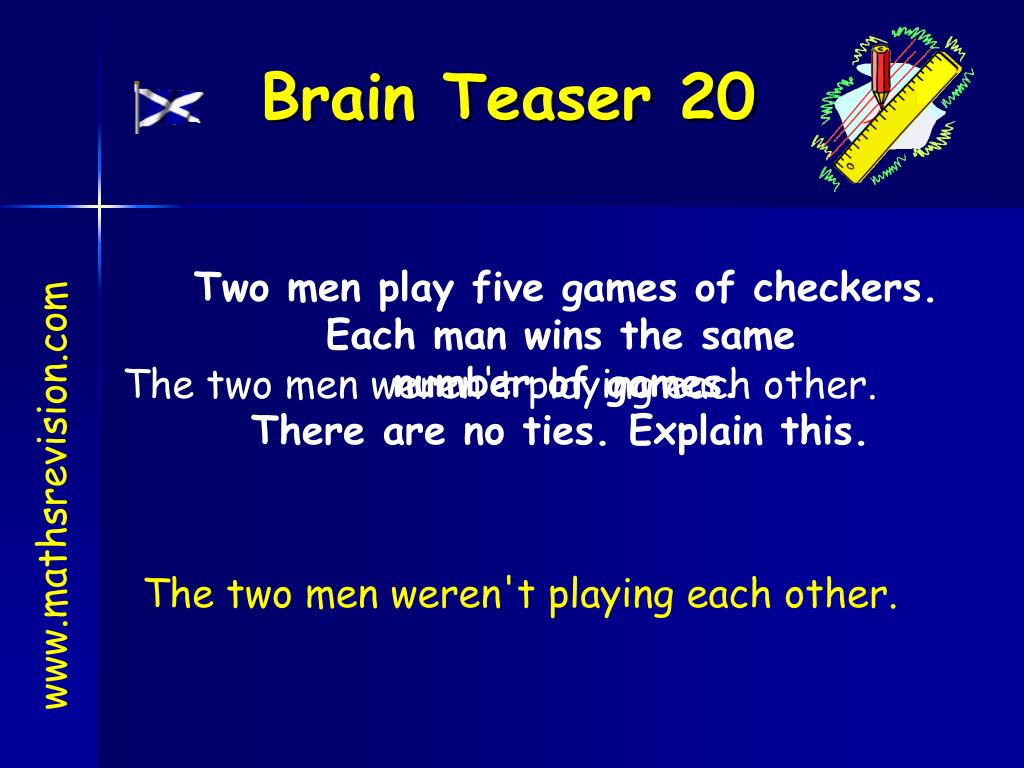

There seems to be a discrepancy, as there cannot be two answers ($29 and $30) to the math problem. So if the guests originally handed over $30, what happened to the remaining $1? The bellhop kept $2, which when added to the $27, comes to $29. As the guests are not aware of the total of the revised bill, the bellhop decides to just give each guest $1 back and keep $2 as a tip for himself, and proceeds to do so.Īs each guest got $1 back, each guest only paid $9, bringing the total paid to $27. On the way to the guests' room to refund the money, the bellhop realizes that he cannot equally divide the five one-dollar bills among the three guests. To rectify this, he gives the bellhop $5 as five one-dollar bills to return to the guests. Later the manager realizes the bill should only have been $25. The manager says the bill is $30, so each guest pays $10. Statement Īlthough the wording and specifics can vary, the puzzle runs along these lines: It dates to at least the 1930s, although similar puzzles are much older. The missing dollar riddle is a famous riddle that involves an informal fallacy. Riddle involving informal fallacy in money


 0 kommentar(er)
0 kommentar(er)
